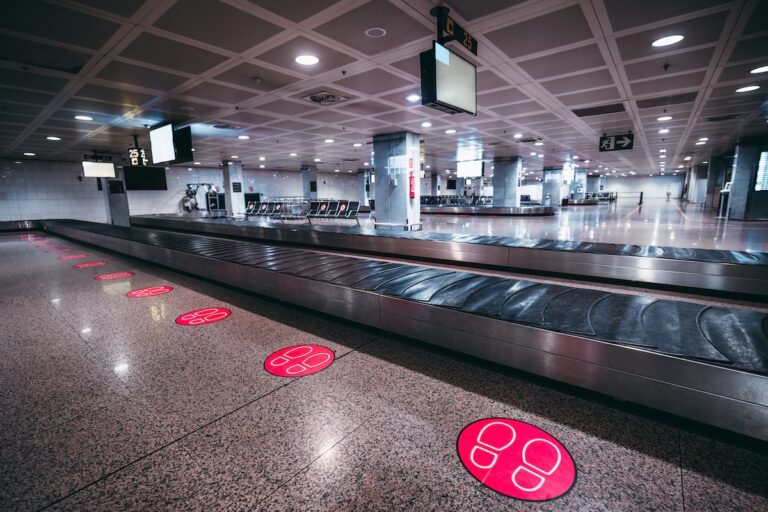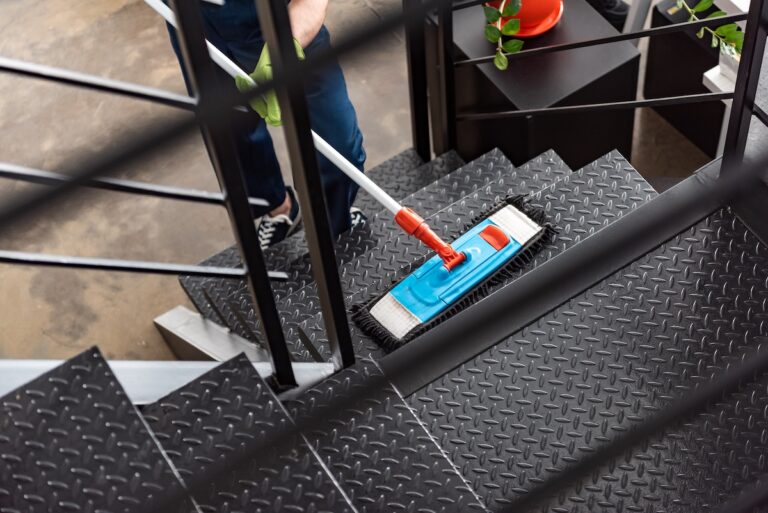When we talk about smart cities, the conversation often revolves around technology — smart grids, intelligent traffic systems, digital ticketing, and connected infrastructure. But here’s an important truth: a city cannot truly call itself “smart” unless it is also inclusive. Accessibility is not an afterthought; it is the foundation of equitable urban development.
One of the simplest yet most transformative tools of accessibility is the tactile indicator — those raised, patterned surfaces that guide visually impaired individuals through public spaces. As cities evolve, tactile solutions are also entering a new era, combining traditional functionality with modern technology to redefine urban mobility.
The Role of Tactile Indicators in Accessibility
For decades, tactile paving has been an essential feature in transport hubs, sidewalks, and public buildings. They:
-
Guide navigation through pathways and crossings.
-
Signal hazards near stairs, escalators, and platform edges.
-
Support independence for people with visual impairments.
But in the context of smart cities, these tactile systems are no longer just about safety — they’re about integration, innovation, and inclusivity.
The Next Generation of Tactile Solutions
-
Smart Tactiles with IoT Integration
Advanced tactile systems are being developed with built-in sensors that communicate with smartphones or wearable devices, providing real-time navigation cues. -
Audio-Linked Tactile Paths
Imagine walking along a tactile pathway that syncs with an app to give voice guidance at intersections, elevators, or ticket counters. -
Energy-Efficient Materials
New tactile materials are designed to be durable, sustainable, and weather-resistant, aligning with smart city goals of eco-friendly infrastructure. -
Data-Driven Accessibility Planning
With sensor-enabled tactiles, city planners can even analyze pedestrian flow and accessibility needs, improving design for all users.
Smart Cities That Lead the Way
-
Tokyo, Japan: A global pioneer, integrating tactile paving across metro stations and public spaces, now testing smart guidance systems.
-
Barcelona, Spain: Known for its innovation in inclusive design, exploring tech-driven accessibility within its smart city framework.
-
Delhi, India: Gradually expanding tactile pathways in metro stations and airports as part of accessibility compliance.
These examples show that smart cities are not just about technology — they’re about people.
Why Accessibility Must Be Non-Negotiable
A truly smart city ensures that no one is left behind. For visually impaired citizens, smart tactile systems mean:
-
Independence in navigating urban spaces.
-
Safety in crowded, fast-paced environments.
-
Dignity in being able to travel without constant assistance.
And for cities, it means meeting global accessibility standards, fostering inclusivity, and creating urban spaces that work for everyone.
Conclusion
The future of smart cities isn’t only about digital innovation — it’s about human-centered innovation. As tactile solutions evolve into smarter, tech-enabled systems, they represent a crucial step toward making cities not just connected, but also compassionate and inclusive.
Because a city is only as smart as it is accessible.




